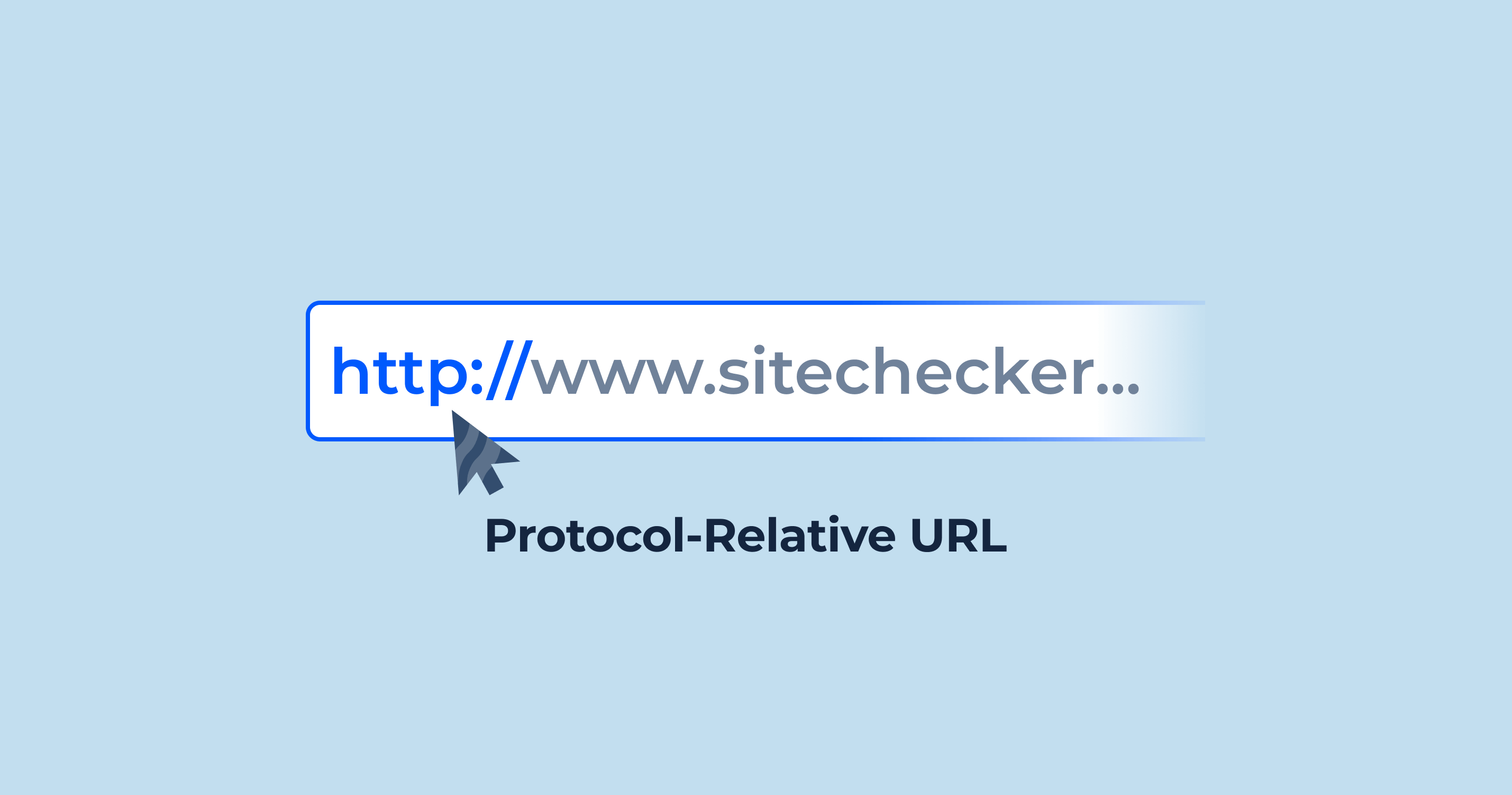What is Keyword Proximity?
Keyword proximity refers to the distance between two or more keywords within a block of text, such as a webpage’s content. In the context of search engine optimization (SEO), keyword proximity can influence how search engines assess the relevance of a page for specific search terms. It’s the relative closeness of search terms to each other, and it can play a role in the search engine results pages determining the topical relevance of a piece of content.
Definition: What does Keyword Proximity in SEO mean?
In SEO, keyword proximity refers to how closely related terms are placed together within a body of text. If you think about a search query made up of multiple words, the idea is that the closer these words appear to each other in your content, the more relevant your content might be considered for that particular query.
For instance, if someone searches for “organic coffee beans,” a sentence like “Our beans are organic and perfect for coffee lovers” has a higher keyword proximity than “We sell organic products. Our beans are loved by coffee enthusiasts.” Even though both sentences contain the queries, the first one has them closer together, which could be seen as more relevant for the search term.
Understanding keyword proximity can help content creators and SEO specialists craft content that is not only valuable to readers but also optimized for search engines. It’s a fine balance between creating natural, reader-friendly content while considering the nuances that might improve search visibility.
Types of Keyword Proximity
Proximity in SEO (Low Proximity)
Low proximity in SEO refers to the scenario where targeted keywords or phrases within content are spaced further apart from each other. For instance, if you’re targeting the keywords “organic” and “coffee beans”, a low proximity example might be: “We specialize in organic products. Our range includes fresh vegetables, fruits, and grains. Additionally, for caffeine enthusiasts, we have premium coffee beans.”
While the content does contain the targeted keywords, their separation might dilute the perceived relevance for search queries like “organic coffee beans”. Low proximity is not inherently negative; sometimes, it’s necessary for content flow or readability. However, from an SEO standpoint, it might not be as effective for ranking specific, closely-related search phrases.
Average Proximity
Average proximity represents a middle ground between low and high keyword proximity. In this case, the targeted queries are relatively close but not immediately adjacent. Using the same example, an average proximity might look like: “We offer organic products, including fresh vegetables and coffee beans, perfect for those who love a natural taste.”
Here, the keywords “organic” and “coffee beans” are closer together than in the low proximity example, making the content potentially more relevant for related search queries. Average proximity often strikes a balance between readability and SEO optimization.
Close Proximity (High Proximity)
High proximity, or close proximity, in SEO refers to the placement of targeted terms very close to each other, ideally adjacent. An example for our “organic coffee beans” keyword might be: “Our organic coffee beans are sourced from sustainable farms.”
In this instance, the targeted keywords are right next to each other, providing the highest relevance for the specific search term. High proximity is particularly beneficial for SEO when you’re trying to rank for precise keyword combinations. However, it’s essential to ensure that the content remains natural and reader-friendly. Overdoing high proximity can lead to keyword stuffing, which search engines might penalize.
Importance of Keyword Proximity in SEO
Context of Use of the Proximity of Keywords
Understanding the context of use for keyword proximity is crucial in SEO. It’s not just about placing keywords close together; it’s about ensuring that they are used in a context that aligns with the intent behind the search query. Keyword proximity works hand in hand with other important metrics like frequency, density, and prominence. Together, these elements help to optimize content for both search engines and readers.
Keyword Frequency
Keyword frequency refers to the number of times a specific term or phrase appears in a piece of content. While it’s essential to mention a keyword multiple times to signal its importance, it’s equally vital not to overdo it. Over-usage can lead to a spammy appearance and might get flagged by search engines for keyword stuffing.
For instance, if you’re writing a 1000-word article, mentioning your target keyword 10 times (1% frequency) might be more appropriate than mentioning it 50 times (5% frequency). Keyword proximity and frequency should work together: the keywords should not only be close but also used an appropriate number of times.
Keyword Density
Keyword density is a measure of how often a term appears in a piece of content relative to the total word count. It’s often expressed as a percentage. For instance, if your keyword appears ten times in a 1000-word article, the keyword density is 1%.
While there’s no strict “optimal” density, many SEO experts advise aiming for a density between 1-2%. It’s worth noting that modern search engines use advanced algorithms that look beyond simple keyword density, so it’s always a good idea to prioritize natural, high-quality content over trying to hit a specific density target.
Prominence of the Keyword
Keyword prominence pertains to the importance given to a keyword based on its position in the content. Keywords placed at the beginning of titles, headers, or the first paragraph of a page are often considered more prominent than those placed towards the end.
For example, a title starting with “Organic Coffee Beans: A Guide” has higher keyword prominence for “Organic Coffee Beans” than a title like “A Guide to Choosing Organic Coffee Beans.” Proximity plays a role here too. If two related keywords are placed prominently at the beginning of a content piece and are close to each other, it could boost the content’s relevance for search queries targeting those terms.
How to Implement Keyword Proximity in SEO?
To maximize the impact of keyword proximity in SEO, it’s essential to implement it strategically across various elements of a webpage. By integrating keywords in a manner that feels natural, relevant, and user-centric, you can optimize content for search engine performance without sacrificing readability and user experience.
Practical Implementation Tips
Ensuring that keywords are not only present but also placed thoughtfully within content can make a significant difference in how search engines perceive the relevance of your webpage. Here are some areas where you can effectively utilize keyword proximity:
Page Title
The page title, often reflected in the SERP (Search Engine Results Page), is one of the most critical areas to consider keyword proximity. The closer your primary keywords are to the beginning of the title, the higher their prominence, and potentially, the better the page might rank for those terms.
Example:
- High Proximity Title: “Organic Coffee Beans: Benefits and Buying Guide”
- Low Proximity Title: “A Comprehensive Guide to the Benefits of Organic Coffee Beans”
While both titles are relevant, the first one places the targeted keywords at the forefront, making them more prominent.
Header Tags
Headers (like H1, H2, H3, etc.) structure your content, making it reader-friendly and providing cues to search engines about the content’s hierarchy. Ensuring related keywords are close together in headers can emphasize the content’s relevance to those terms.
Example:
- H2 with High Proximity: “Choosing the Best Organic Coffee Beans”
- H2 with Low Proximity: “Making the Right Choice: The Journey to Finding Organic Beans for Coffee Lovers”
Again, both headers are relevant, but the first one emphasizes the keywords more prominently.
Meta Description
The meta description is a brief summary of the page content, displayed under the page title in the SERP. While it doesn’t directly influence rankings, a well-crafted meta description can improve click-through rates. Incorporating keywords with high proximity can make the description more enticing to users searching for those terms.
Example:
- High Proximity Description: “Explore the world of organic coffee beans, their health benefits, and tips for choosing the best ones for your brew.”
- Low Proximity Description: “Dive into our comprehensive guide to explore the benefits of going organic. Learn tips on selecting beans for a perfect coffee experience.”
By emphasizing keyword proximity in these key areas, you can effectively communicate the relevance of your content to both search engines and potential readers, improving visibility and engagement.
Keyword Proximity Examples
Using real-life examples can often clarify the concept of keyword proximity. Let’s dive into some examples to better illustrate how keyword proximity can vary and why it matters in SEO:
| Example 1: Target Keyword – “Digital Marketing Strategies” | – High Proximity: “Our guide offers effective digital marketing strategies to boost your online presence.” – Low Proximity: “For those interested in marketing, we have a guide on strategies. Digital platforms are our main focus.” In the high proximity example, the keywords “digital” and “marketing strategies” are directly adjacent, indicating a strong relevance to the target keyword. |
| Example 2: Target Keyword – “Homemade Chocolate Chip Cookies” | – High Proximity: “Learn how to make the best homemade chocolate chip cookies with our easy recipe.” – Low Proximity: “If you love chocolate and have a penchant for cookies, our recipe will guide you to a homemade delight.” Here, the high proximity example places the full keyword “homemade chocolate chip cookies” together, making it highly relevant to the target keyword. |
| Example 3: Target Keyword – “Fitness Workout Routines” | – High Proximity: “Discover fitness workout routines tailored for beginners and professionals.” – Low Proximity: “If fitness is your goal, our platform offers routines. Workouts for all levels are available.” Again, the high proximity example emphasizes the exact target keyword phrase, making it potentially more relevant for search queries related to “fitness workout routines.” |
| Example 4: Target Keyword – “Vegetarian Pasta Dishes” | – High Proximity: “Explore our list of delicious vegetarian pasta dishes that are easy to prepare.” – Low Proximity: “For vegetarian enthusiasts who love pasta, our guide dishes out some delightful recipes.” The high proximity example keeps the keywords “vegetarian” and “pasta dishes” close, strengthening its relevance for related search queries. |
These examples demonstrate the difference between high and low keyword proximity in content. It’s evident that placing target keywords closer together can improve content’s relevance for specific search terms. However, it’s also crucial to ensure content remains natural and engaging for readers. While keyword proximity is a valuable tool in the SEO arsenal, it’s just one of many factors that contribute to effective content optimization.
Conclusion
Keyword proximity, a crucial concept in SEO, highlights the importance of the relative closeness of keywords within content. While it can significantly influence a webpage’s relevance for specific search terms, it’s essential to strike a balance. Prioritizing proximity shouldn’t come at the expense of natural, reader-centric content. SEO best practices evolve, but the core principle remains unchanged: deliver value to readers. By understanding and implementing concepts like keyword proximity, you can optimize your content to cater to both search engines and your audience, ensuring a holistic approach to content creation and optimization.





